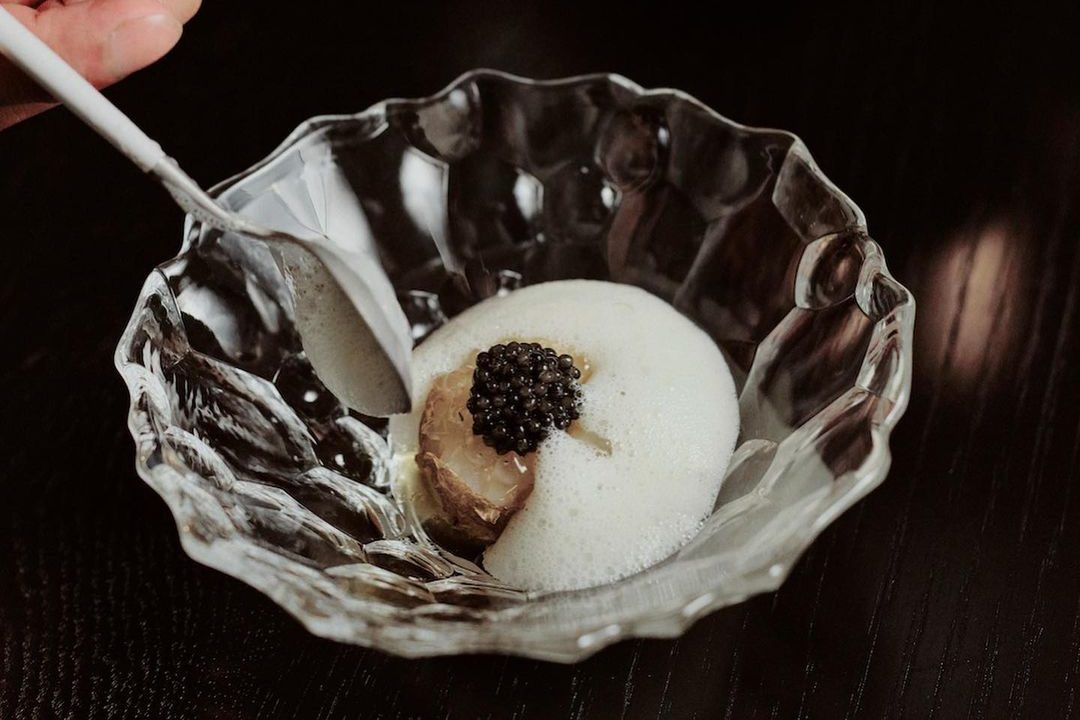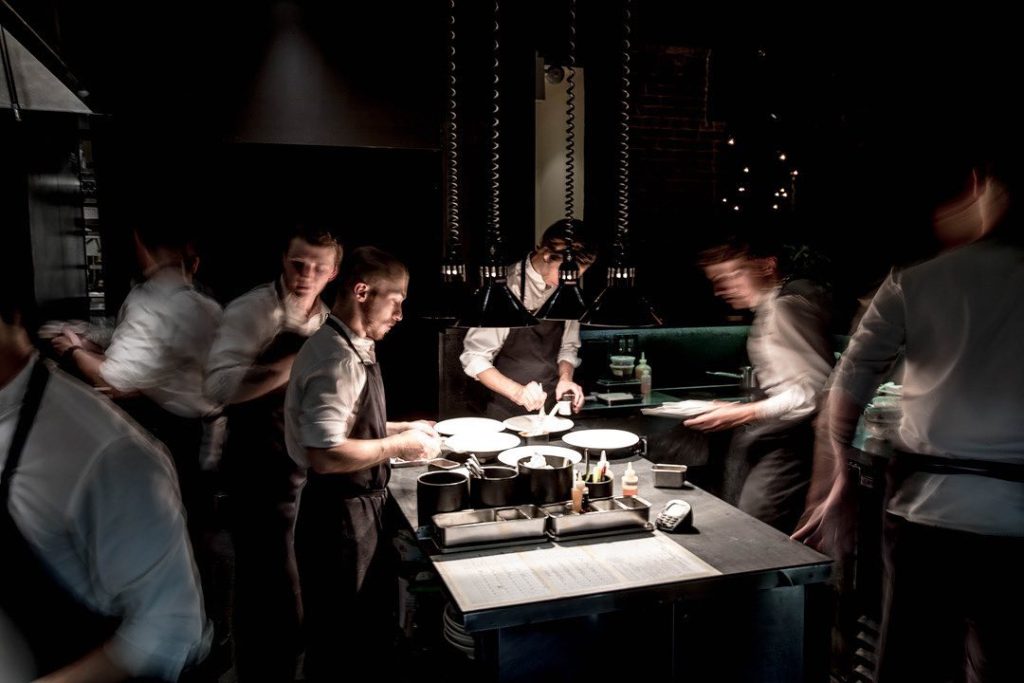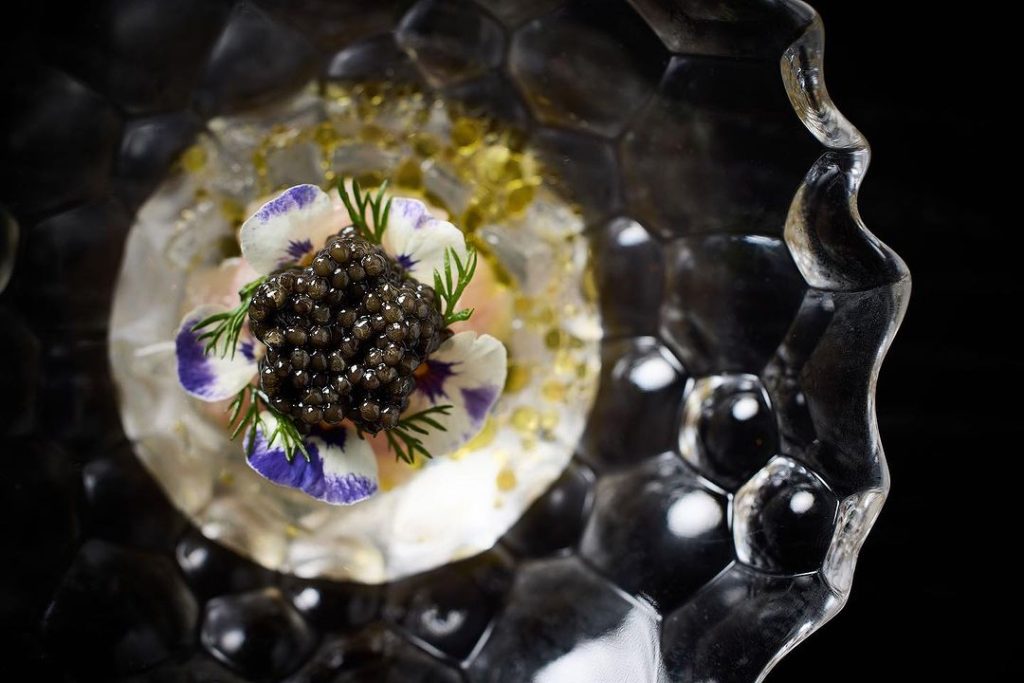Sous-vide cooking, plating methods, and ingredient choices—these gastronomic trends resemble virals on the Internet. They often emerge from various sources and prominently position themselves on restaurant menus or in the way chefs prepare dishes. However, while one culinary trend may remain niche or fade away over time, other have the potential to shape the culinary industry and establish long-lasting norms.

Culinary trends as the guest wishes
Determining the fate of a culinary trend, consumer demand plays a key role. If customers consistently show enthusiasm and provide positive feedback for a particular trend, restaurants and chefs are more likely to embrace and incorporate it into their regular offerings. Food trends also often reflect broader cultural shifts and changing consumer preferences. As society becomes increasingly focused on sustainability, health awareness, and cultural diversity, related food trends gain momentum and eventually become the norm. Technological advancements have further facilitated sustainable approaches to food, reducing waste both in homes and restaurants. Chefs’ statements contribute to the gradual emergence of a balanced culinary landscape.

Yes, chef!
The work of chefs significantly influences the world of gastronomy and shapes perceptions of specific products. They set precedents for others to follow. Noteworthy figures in the gastronomy world continue to advocate for change. After years of blending different cuisines and ingredients, there has been a resurgence of appreciation for regional ingredients—a return to roots and traditions. Native ingredients receive increased recognition, and their availability and associated techniques influence their transition into the norm. Many local vegetables and other ingredients have given way to more accessible products. Through their reintroduction and presentation in fine dining restaurants, they gain popularity, gradually reclaiming their place in markets and on tables.
Changing Perspectives
It is important to note that not every culinary trend needs to become the norm. The evolution from trend to norm is a dynamic process influenced by consumer preferences, industry dynamics, and cultural changes. For instance, concerns surrounding the production methods of foie gras have led to its falling out of favor. While restaurants across continents once featured foie gras on their menus, its use is now being questioned. Nowadays, there is a growing demand for ethical foie gras, as consumers prioritize alternative production methods that prioritize the welfare of the animals involved. This shift reflects the increasing importance placed on ethical considerations within the culinary industry.

Whether it’s the presentation of dishes, production methods, or restaurant management, everything that was once considered a trend has become the norm due to changing times and perspectives. These are special times when we witness the industry’s evolving approach to the environment and sustainability. Concepts like #zerowaste and #sustainability, once mere curiosities, have become integral to maintaining a balanced business. We hope these trends extend to chefs and individuals alike, where each trend carries responsibility for the product, the environment, and emphasizes our role in the lifecycle.
https://ch.dunigroup.com/en/food-trends
https://thompsonslimited.co.uk/the-new-norms








